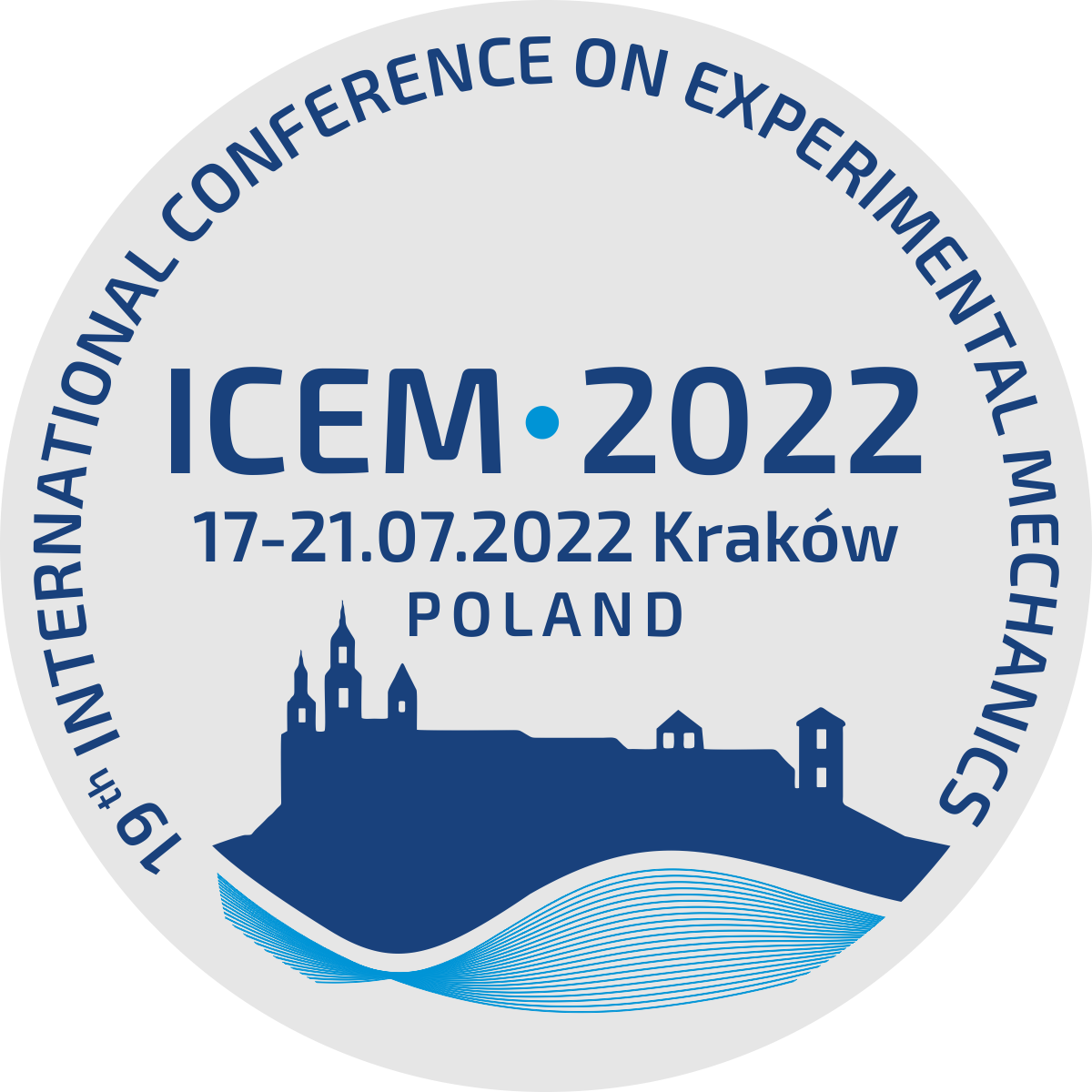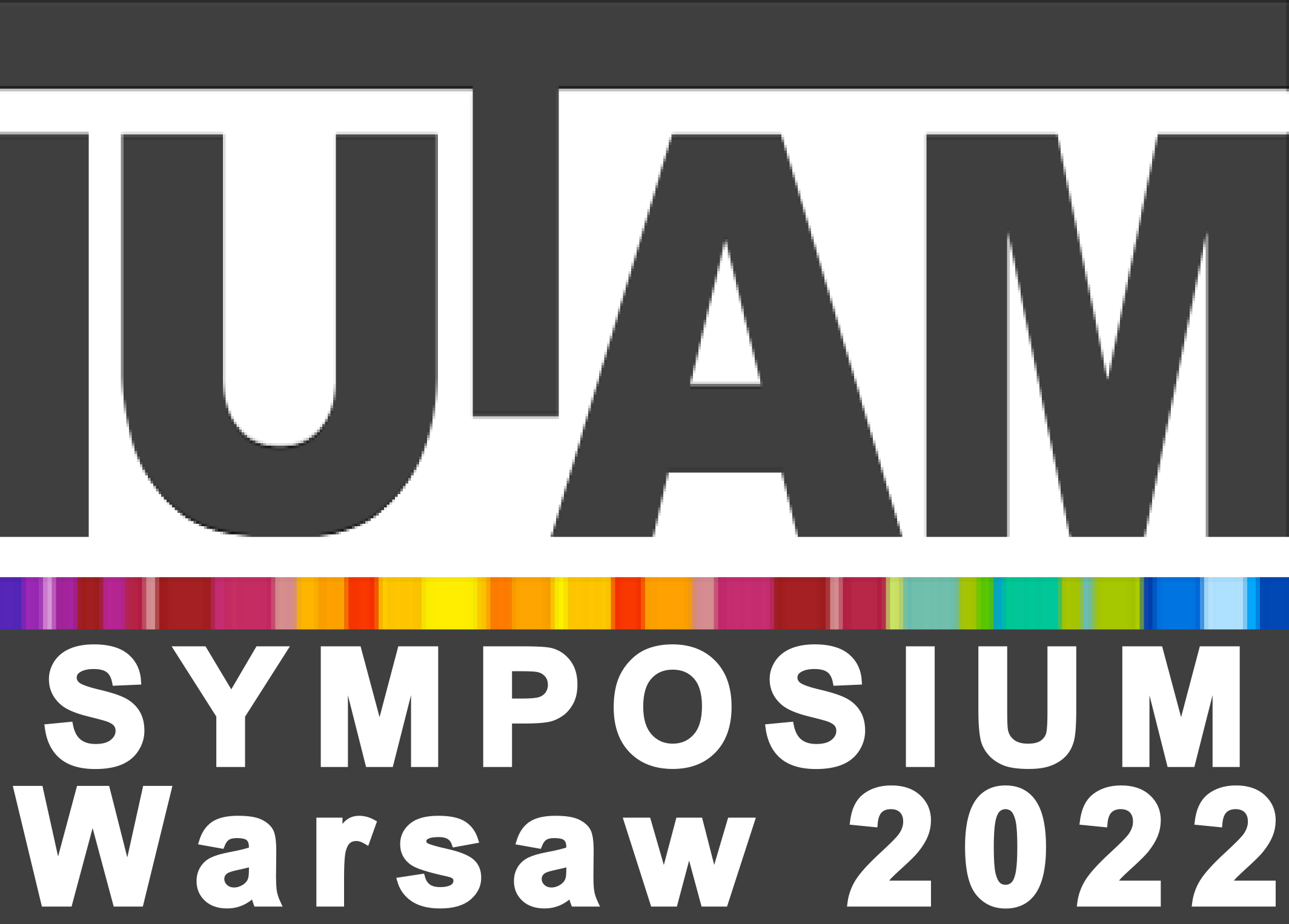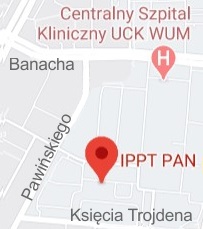| 1. |
Tarelnyk V.♦, Haponova O., Tarelnyk N.♦, Konoplianchenko Y.♦, Sulphurizing of Metal Surfaces by Electrospark-Discharge Alloying. Pt. 2: Tribological Properties of Electrospark Depositing Sulphur-Containing Coating,
Uspekhi Fiziki Metallov, ISSN: 1608-1021, Vol.26, No.2, pp.111-222, 2025 Abstract:
The essence and technological characteristics of the electrospark alloying (ESA) process, its advantages and disadvantages have been considered in order to use it to improve the tribological properties of bronze and steel parts. A generalization of the available data and results in the literature concerned with the ESA process has been made. Based on the published data, a comparative analysis of various methods for forming combined electrospark coatings (CESC) on bronzes, which include sulphur, the influence of the mode parameters and the compositions of the CESC on the microstructure, mechanical and tribological properties are represented. The methods for practical application in production have been proposed. The methods for forming the self-lubricating electrospark coatings containing molybdenum disulphide on steel substrates have been investigated. There have been represented physical and mechanical characteristics of the coatings, which had been obtained using different strategies, as well as there has been disclosed the nature of their changes depending on the technological parameters of the ESA modes and the types of the starting materials for the anode and cathode, and on the compositions of the environment wherein the ESA process takes place. There have been given the summarized data on the tribological properties of the coatings, which had been obtained on some steel grades using different electrode materials and modes of operation. As demonstrated, the ESA method can be successfully used to reduce the coefficient of friction and to increase the wear resistance of bronze and steel surfaces. There have been specified the proposed electrode materials and ESA process parameters for modifying the surfaces made of some bronzes and steels. Keywords:
technology, electrospark alloying, coating, microstructure, tribotechnical properties Affiliations:
| Tarelnyk V. | - | Sumy National Agrarian University (UA) | | Haponova O. | - | IPPT PAN | | Tarelnyk N. | - | Sumy National Agrarian University (UA) | | Konoplianchenko Y. | - | other affiliation |
| |
| 2. |
Tarelnyk V.♦, Haponova O., Tarelnyk N.♦, Konoplianchenko Y.♦, Sulphurizing of Metal Surfaces by Electrospark-Discharge Alloying. Pt. 1: Structural–Phase State of Sulphur-Containing Coatings on Constructional Steels,
Uspekhi Fiziki Metallov, ISSN: 1608-1021, Vol.26, No.1, pp.146-200, 2025 Abstract:
The methods of surface sulphur saturation of metal surfaces to provide them with special tribotechnical properties are reviewed and analysed. The main attention is focused on technologies based on the method of electrospark alloying (ESA). As shown, the process of sulphur saturation can be realised by using a special sulphur-containing saturating technical substance (STS). The methods of forming sulphided, sulphocarburized, sulphoaluminized, Al–C–S, and sulphomolybdenum coatings on steels using STS by ESA are considered. The results of sulphur distribution in the surface layer during ESA sulphurizing with a metal electrode using STS are presented. As shown, the sulphur concentration on the surface is of about 0.53–0.60% that gradually decreases deeper into the substrate. The topography of the treated surface and its structure after sulphocarburized of steel surfaces with a graphite electrode using STS containing sulphur are investigated. As found, the coating consists of several layers: a ‘soft’ layer saturated with sulphur, a hardened layer saturated with carbon, and the substrate metal. The thickness, microhardness, and continuity of the coating increase with the discharge energy. The qualitative parameters of sulphoaluminized coatings obtained by the ESA method with an aluminium electrode using STS are analysed. The microstructures reveal three zones: a near-surface, non-continuous loose layer with sulphur enrichment, 10–100-µm thick, and microhardness of 1368–2073 MPa; a ‘white’ hardened layer containing aluminium, 20–40 µm-thick, and microhardness of 4094–5157 MPa; a diffusion zone; and a substrate material. The sulphoaluminized-coatings’ phase composition depends on the ESA energy parameters. Intermetallics FeAl and FeAl2 are formed in the surface layer. The structural–phase state and properties of sulphomolybdenum coatings obtained by the ESA method with a molybdenum electrode using STS are discussed. The near-surface loose layer saturated with sulphur contains up to 8% of molybdenum disulphide formed due to ESA. Beneath this layer is a hardened layer saturated with molybdenum and having a microhardness of 10596–10731 MPa. It is proposed to use sulphurizing methods based on ESA using STS as cheap and effective methods of surface modification of friction surfaces to reduce seizure and friction coefficient. Keywords:
sulphurizing, electrospark alloying, coating, microstructure, tribotechnical properties Affiliations:
| Tarelnyk V. | - | Sumy National Agrarian University (UA) | | Haponova O. | - | IPPT PAN | | Tarelnyk N. | - | Sumy National Agrarian University (UA) | | Konoplianchenko Y. | - | other affiliation |
|  |




















